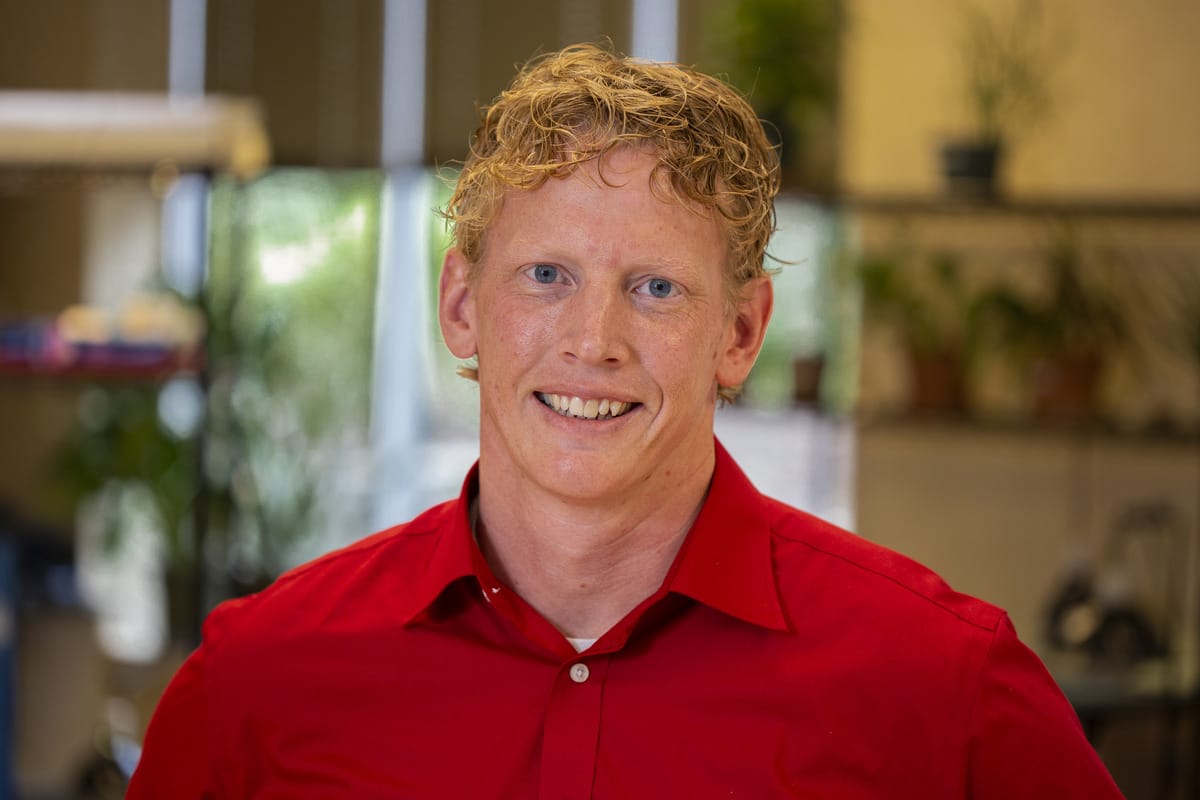There’s always another snag to plan for, another bit of feedback to provide, another problem to solve. However, there are only so many hours in a day, and you need to protect your own mental health. There’s a tension. Most of us never escape the little nagging voice that wonders if we’ve done enough.
That voice is louder than ever this year, because the needs of our students are greater than ever. Some students thrived during the pandemic. They had the support they needed to learn and to grow. Other students struggled greatly. We’re seeing larger gaps than ever before, as well as a greater need for differentiation.
But we’re tired. The pandemic stretched our mental resources to — or beyond — the breaking point. The idea of creating dozens of different plans for the individual needs of our students? It seems impossible. Human history is, of course, filled with impossibilities that became, with human ingenuity, eminently possible. My hope is that with the help of the following differentiation hacks, you can help every student grow without burning yourself out.
PEWC in Your Classroom
There are a few types of learning experience that allow every student to interact with them meaningfully, but which continue to challenge every student, no matter how advanced. The acronym PEWC can help us remember four: Project-Based Learning (PBL), Engineering, Writing, and Creation.
When your students engage in PBL, they use what they know to solve a problem that impacts the broader world. Because PBL draws on students’ current knowledge and understanding, it stretches them through application. No matter what they know, they’ll be challenged to use it effectively.
Engineering is similar. Students who are less advanced will address the challenge criteria in a more rudimentary way, while more advanced students can stretch themselves to achieve even more. Build your criteria in an open-ended way to really capitalize on this idea: instead of saying, “Build a tower that is ten inches tall,” say, “Build as tall a tower as possible.
Whenever we have students write about what they know and why, we’re meeting them where they are and challenging them to grow. It’s simple, it’s straightforward, and it’s incredibly powerful. To add variety, challenge students to create something that symbolizes their understanding of a topic. By stretching themselves to develop apt metaphors, they’ll each be challenged in unique ways that suit their interests and abilities.
Level Up Your Assessment
Differentiation isn’t just for classroom instruction; we can also incorporate it into our assessment — and we can do it simply and easily. One great hack is to add one question to your tests and quizzes: “What else do you know about this topic that I didn’t ask you about?” The answer will be different for every student, but they’ll have an opportunity to stretch themselves in differentiated ways.
Another tool is to have a standing challenge to teach you something new about the topic — something you didn’t learn in class. This is an outstanding way to spark student curiosity. As they go about their studies, they’ll be encouraged to research things that pique their unique interests. You can also encourage differentiation by having students create their own test questions and submitting them for inclusion. Challenge them to come up with questions that really show a deep understanding of the topic, and you’ll encourage each student to wrestle with the content in a different way.
There’s one more clever hack for differentiating your assessment, but it’s a little controversial. If you’d like to check it out — along with four more simple, flexible ideas for differentiating in the classroom, check out my recent webinar or the resource document. With a few clever twists to the way we’ve traditionally done things, we can have it all: deep differentiation that meets individual student needs — and our own sanity.

